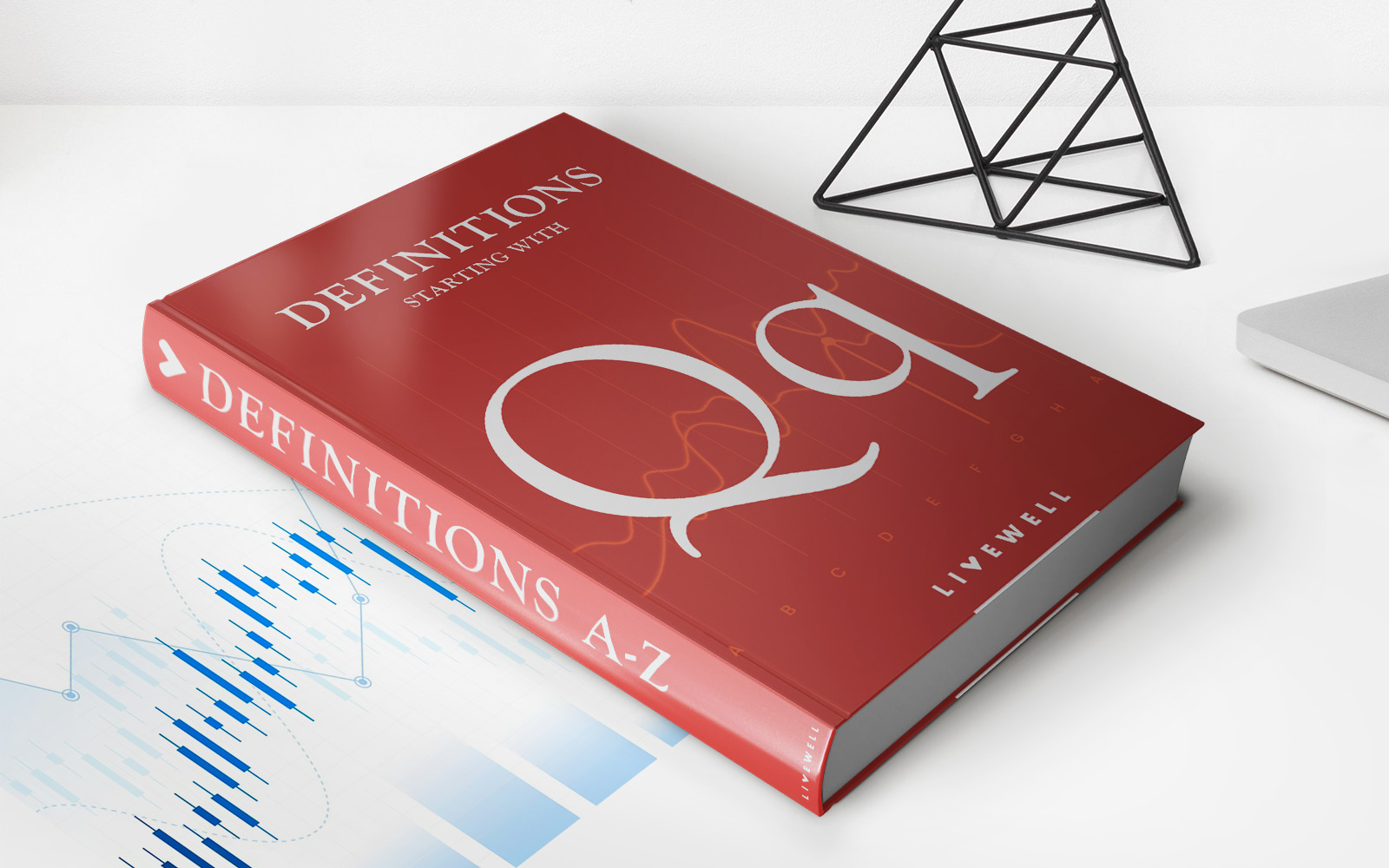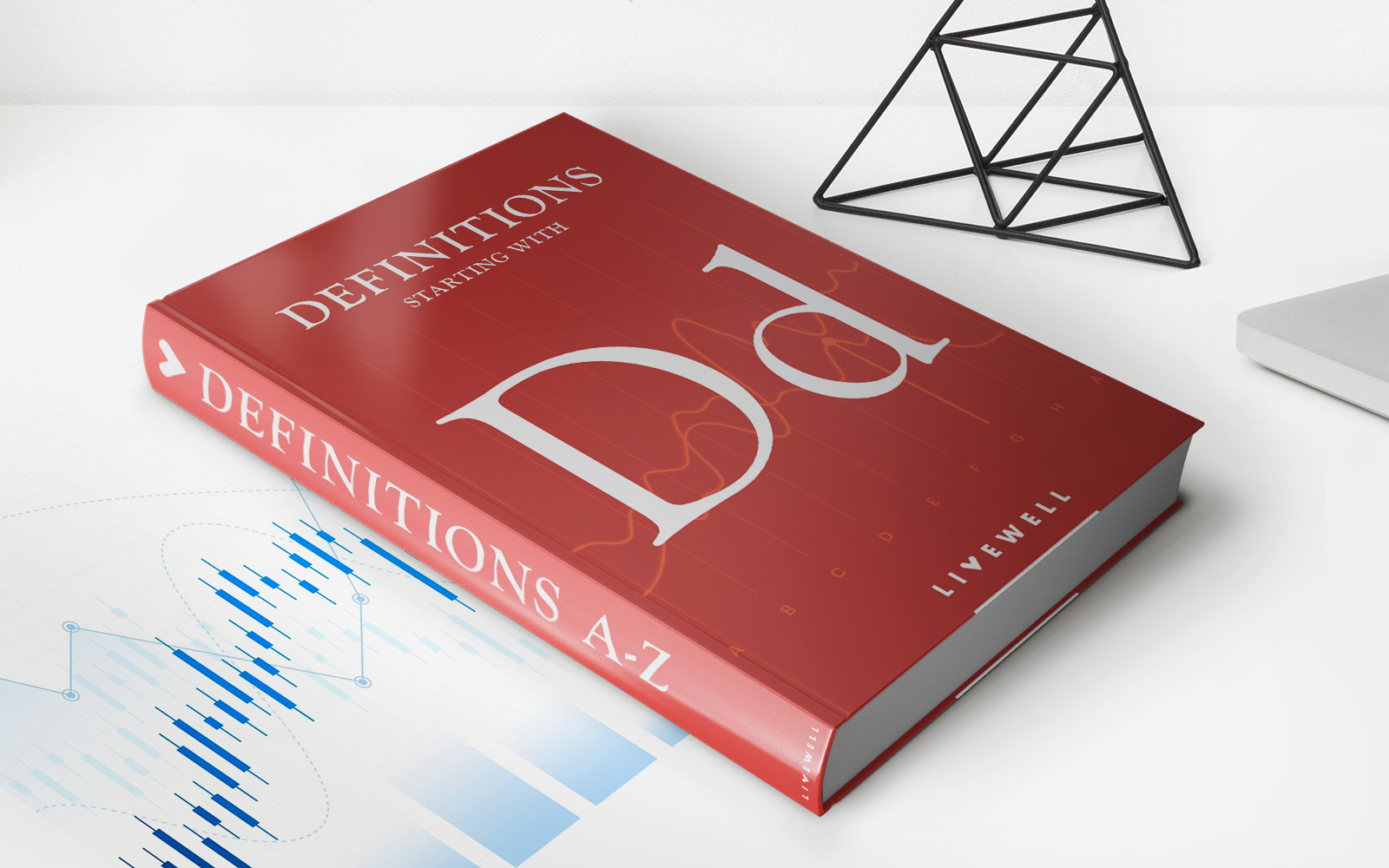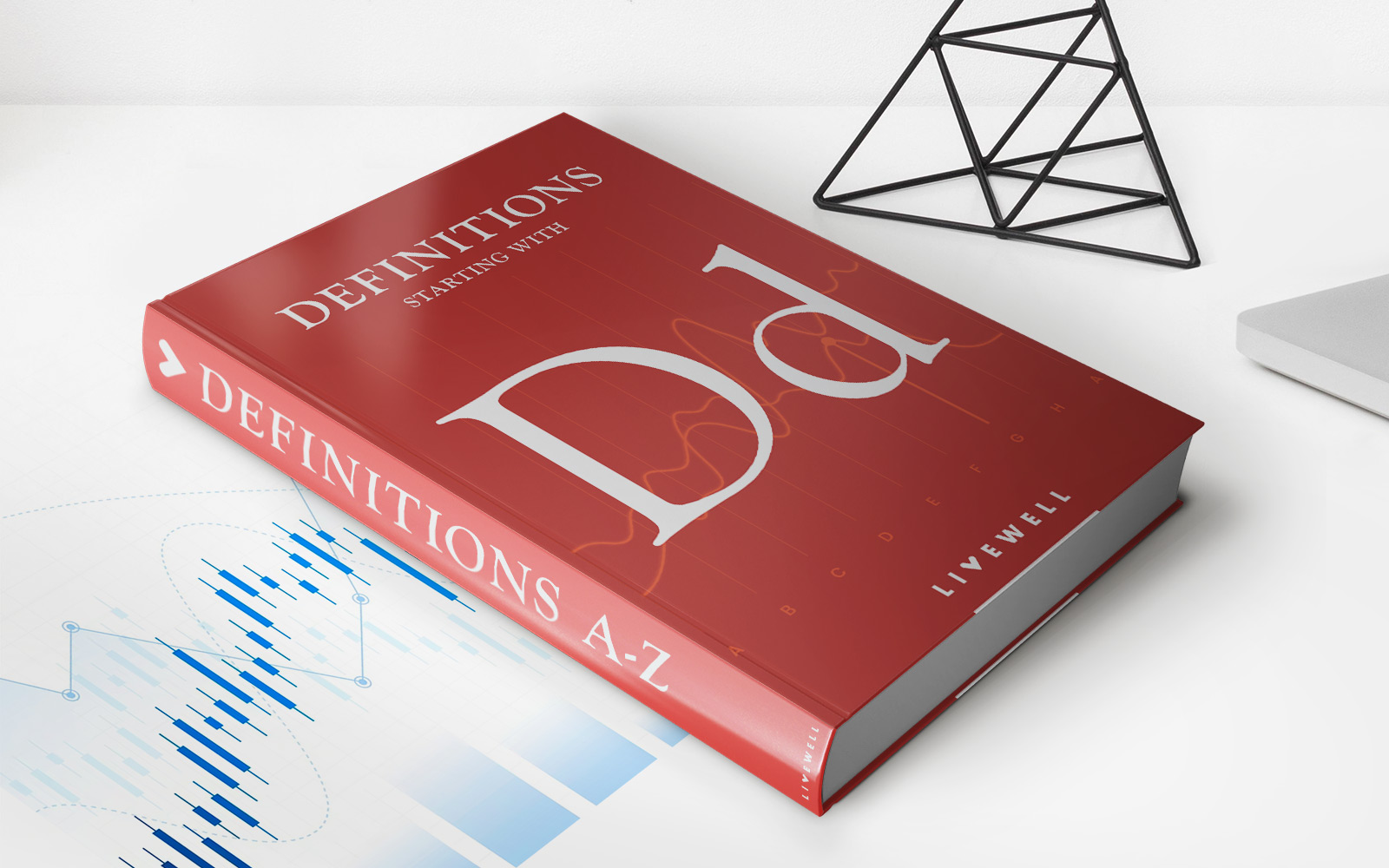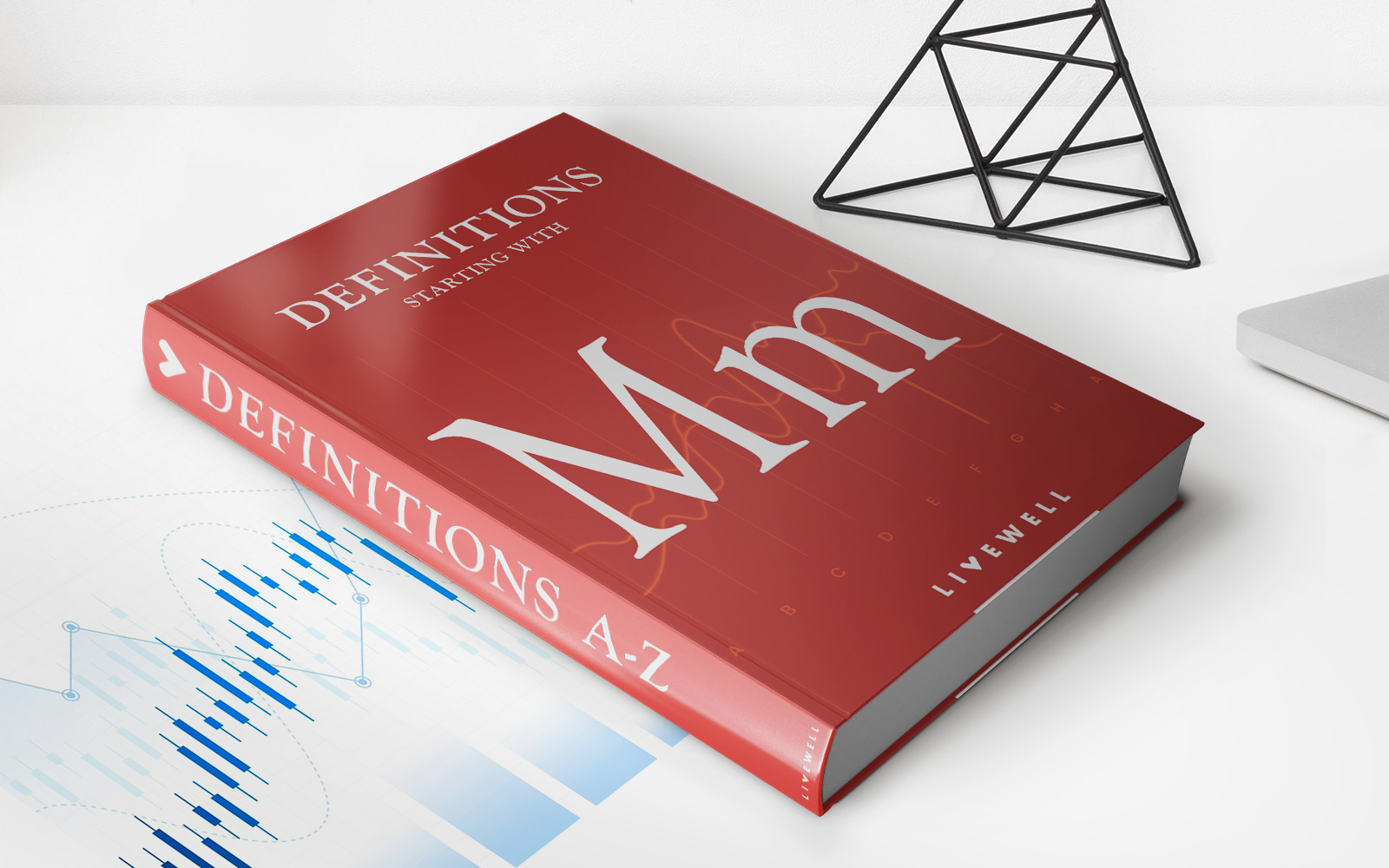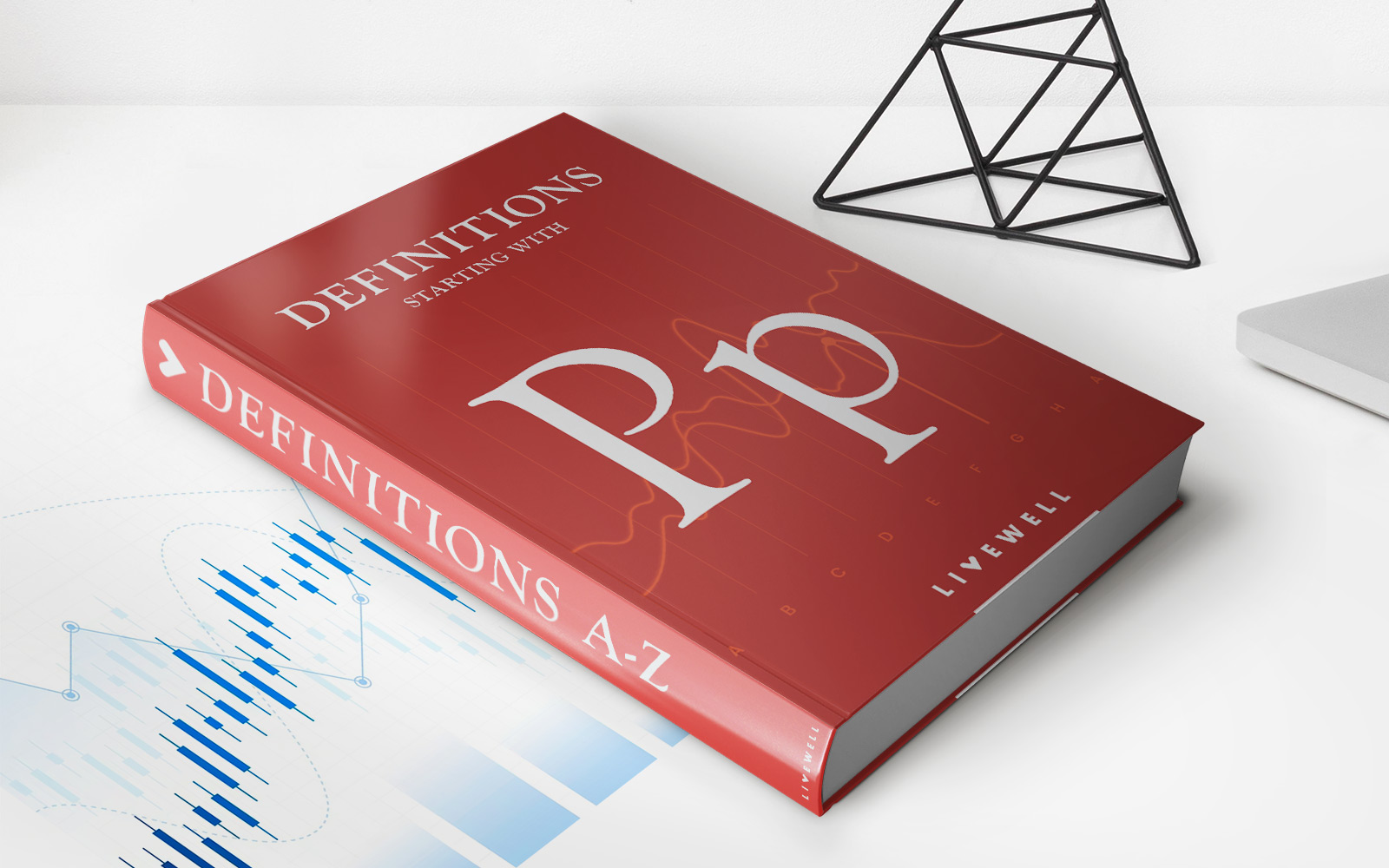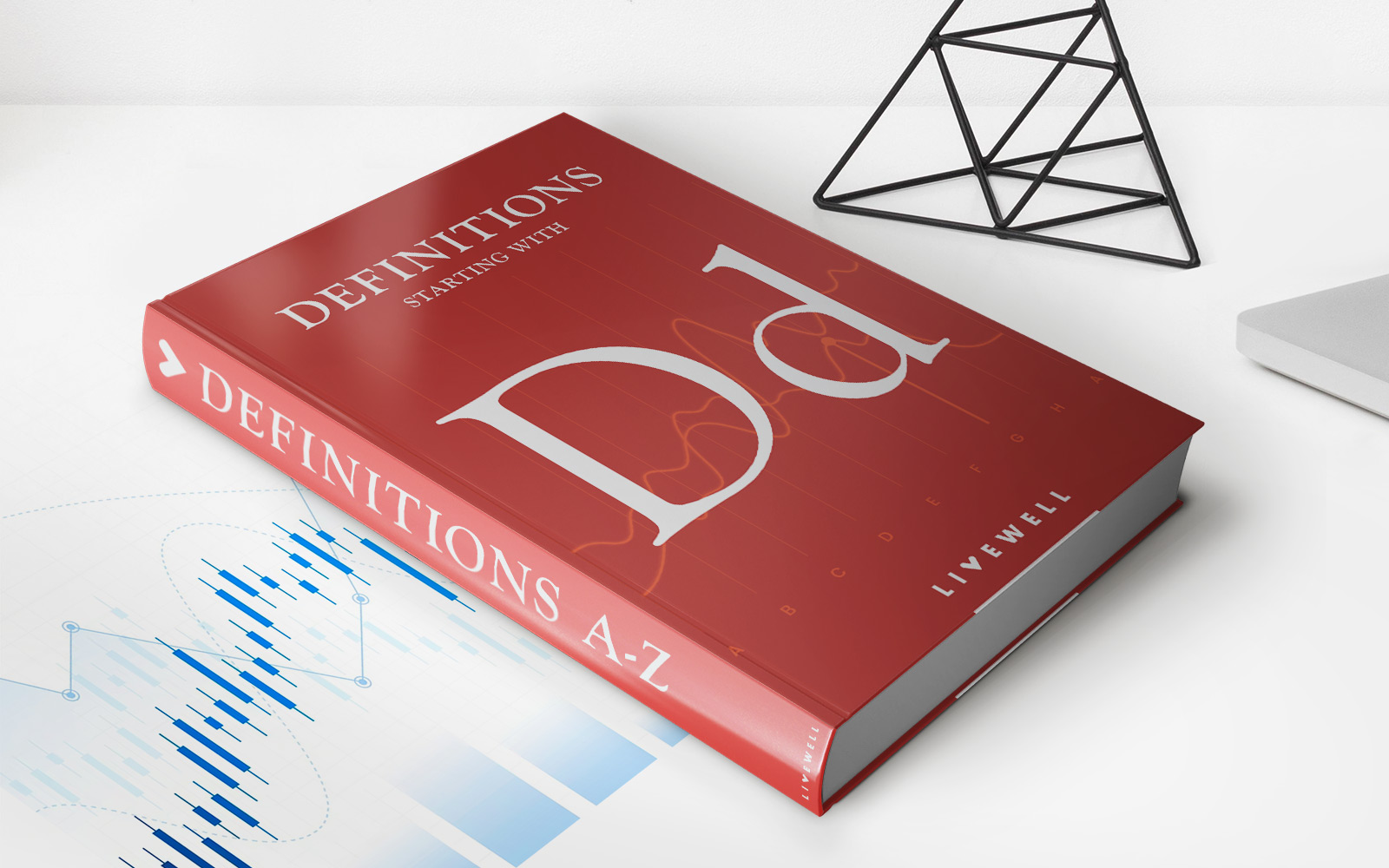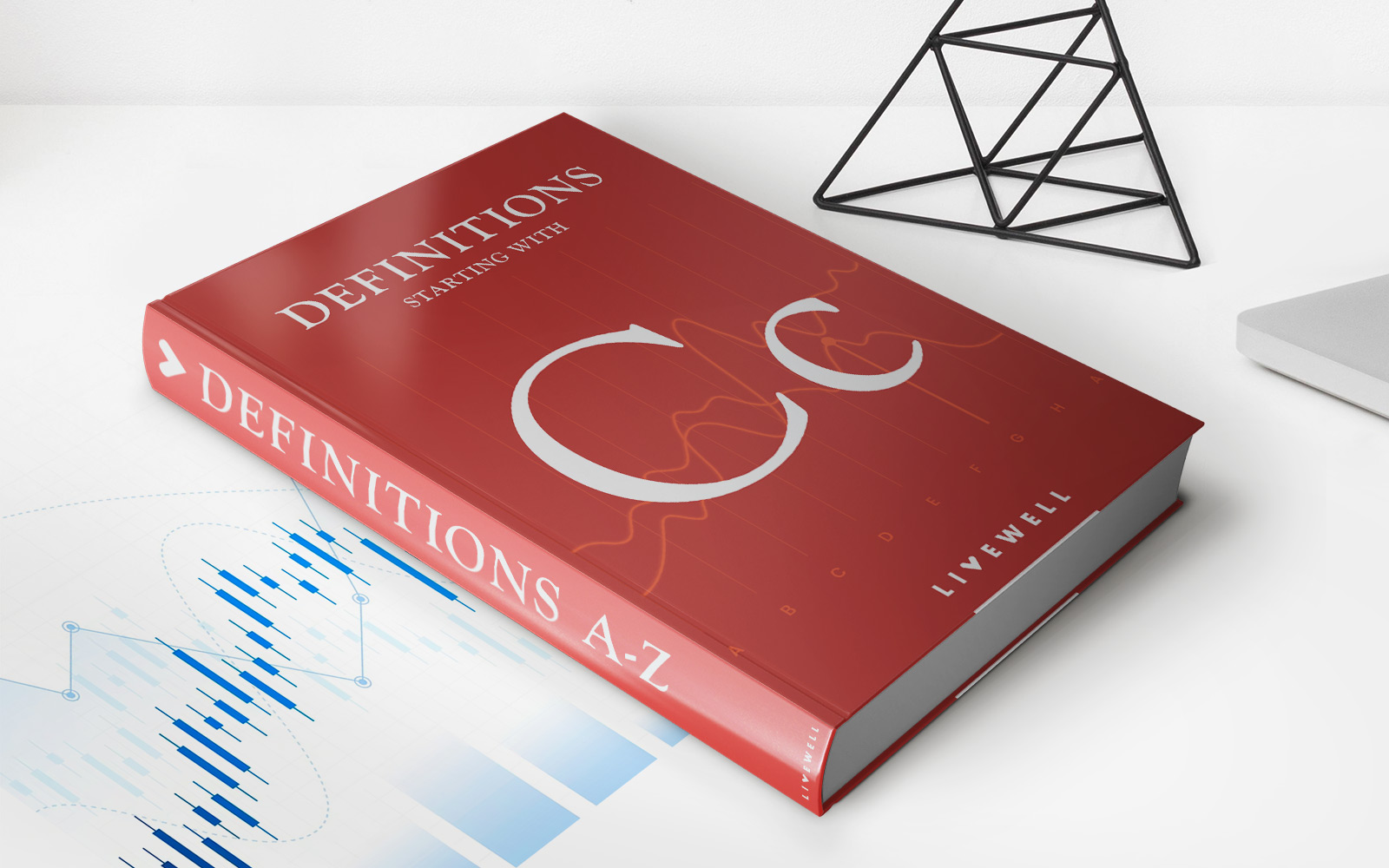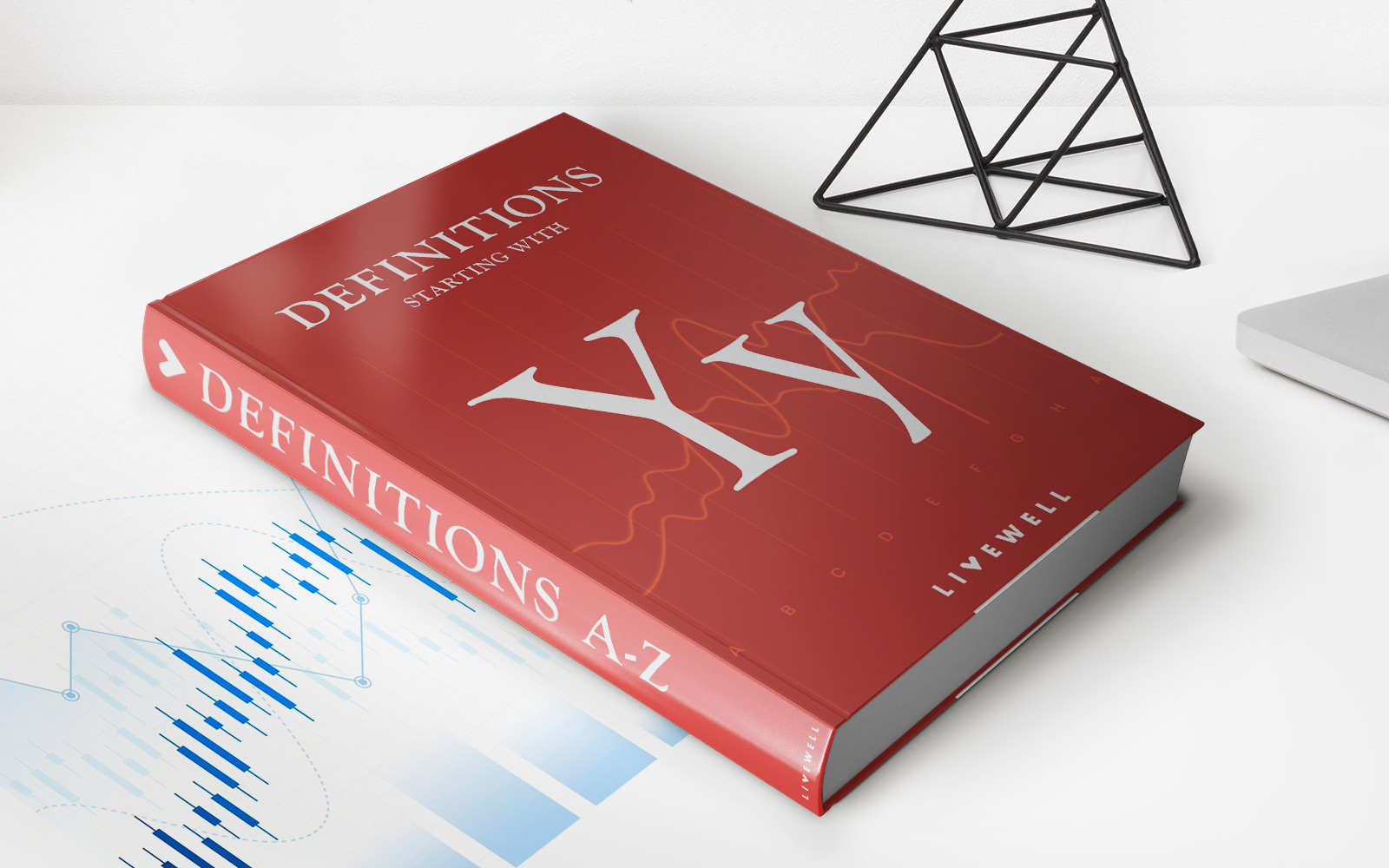Home>Finance>Crummey Trust: Definition, Purpose, How It Works, And History
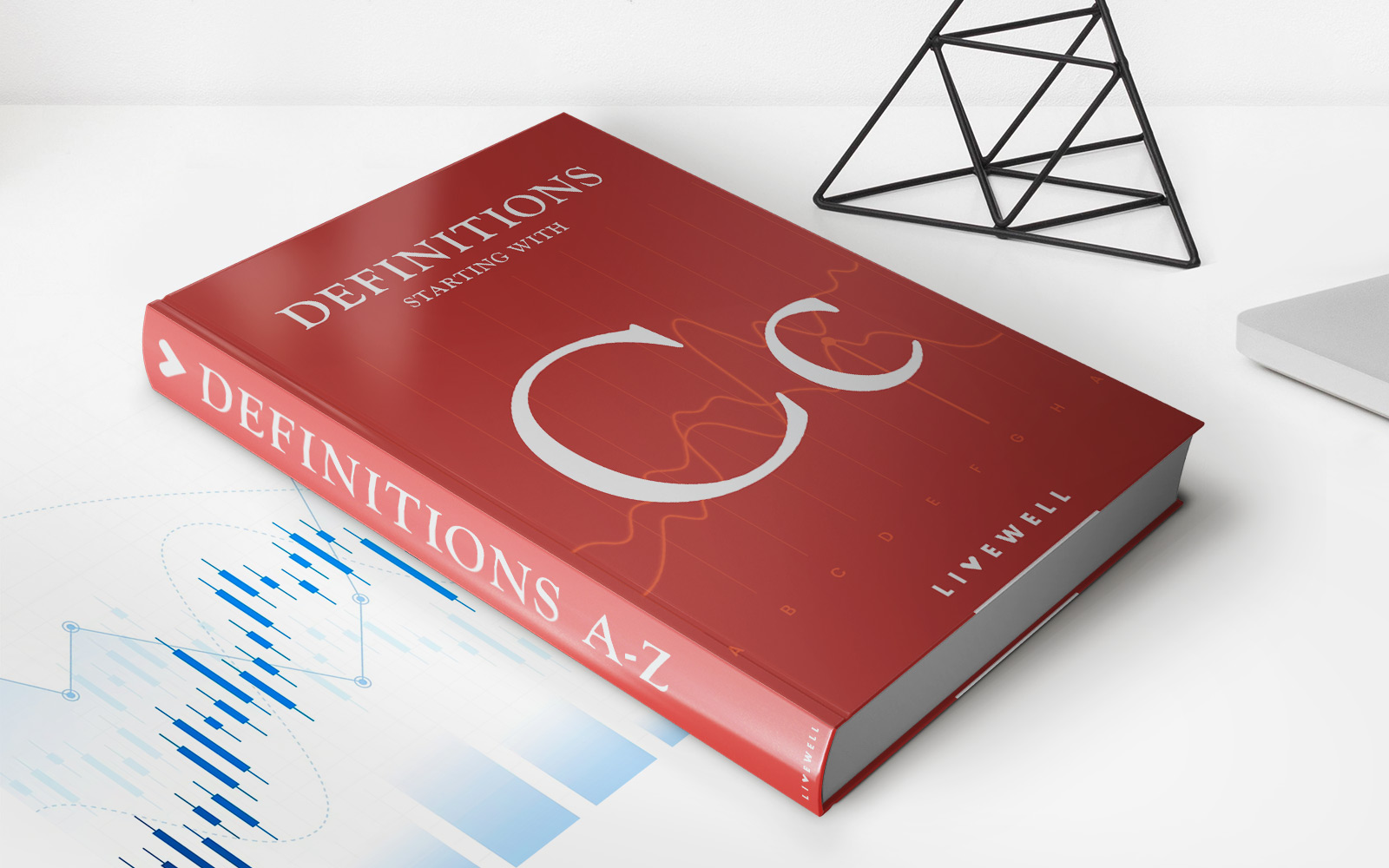

Finance
Crummey Trust: Definition, Purpose, How It Works, And History
Published: November 6, 2023
Discover the definition, purpose, and history of Crummey Trust in finance. Learn how this unique trust works and its significance in financial planning.
(Many of the links in this article redirect to a specific reviewed product. Your purchase of these products through affiliate links helps to generate commission for LiveWell, at no extra cost. Learn more)
The Crummey Trust: Definition, Purpose, How It Works, and History
Finance can be a complex subject, especially when it comes to estate planning and wealth management. One key tool that individuals and families use to protect and distribute their assets is a trust. Within the realm of trusts, a specific type called the Crummey Trust stands out for its unique features and benefits. In this blog post, we’ll dive into the definition, purpose, how it works, and the history of the Crummey Trust.
Key Takeaways:
- The Crummey Trust is a vehicle for passing on wealth and assets while enjoying certain tax benefits.
- It allows gift contributions to irrevocable trusts that qualify for the annual gift tax exclusion.
What is a Crummey Trust?
The Crummey Trust, also known as an “irrevocable gift trust” or a “Qualified Personal Residence Trust (QPRT),” is a unique estate planning tool created in 1968 as a result of the landmark case of Crummey v. Commissioner. Put simply, a Crummey Trust allows individuals to transfer assets while enjoying certain tax benefits.
So, how does it work? A Crummey Trust starts with the creation of an irrevocable trust, typically by a grantor for the benefit of their beneficiaries. Unlike a revocable trust, which can be changed or revoked by the grantor, an irrevocable trust is legally binding and unchangeable once established.
To fully comprehend the Crummey Trust, it’s important to understand the concept of the annual gift tax exclusion. The Internal Revenue Service (IRS) imposes a limit on the value of assets you can gift to someone without incurring gift tax. As of 2021, this exclusion is set at $15,000 per person per year. However, contributions to a Crummey Trust made under the annual gift tax exclusion can be used to reduce the taxable estate later on.
How Does the Crummey Trust Work?
Here’s a step-by-step breakdown of how a Crummey Trust operates:
- A grantor establishes an irrevocable trust and designates beneficiaries.
- The grantor makes gift contributions to the trust, taking advantage of the annual gift tax exclusion.
- Each time a gift contribution is made, the beneficiaries are provided with a “Crummey letter.”
- The Crummey letter informs the beneficiaries about their right to withdraw the gift amount within a specific timeframe, usually 30 days.
- If the beneficiaries decide not to withdraw the gift, it remains in the trust and becomes part of their inheritance.
- The trust can contain various assets, such as cash, stocks, real estate, or any other property specified by the grantor.
- Once the gift is inside the trust, it can grow and generate income, protected from estate taxes.
The Crummey Trust offers several benefits, including asset protection, reduction of estate taxes, and control over the distribution of wealth. By utilizing this trust structure, individuals can ensure that their wealth is passed on according to their wishes while minimizing the tax burden for themselves and their beneficiaries.
A Brief History of the Crummey Trust
The Crummey Trust owes its name to Clifford Crummey, who sparked the creation of this trust structure. In the 1968 Crummey v. Commissioner case, the court ruled in favor of Crummey, allowing him to make contributions to an irrevocable trust without triggering gift tax liabilities.
Since then, the concept of the Crummey Trust has gained popularity and acceptance within the field of estate planning. It has not only provided a powerful tool for transferring wealth but has also laid the groundwork for subsequent trust creations and estate planning techniques.
Today, Crummey Trusts continue to be a valuable option for those seeking to preserve their assets, plan for the future, and ensure the financial security of their loved ones.
So now that you have a clear understanding of what the Crummey Trust is, its purpose, how it works, and its historical significance, you can explore whether it aligns with your long-term financial goals. Speak with a trusted financial advisor or estate planning attorney to tailor the Crummey Trust according to your specific needs and aspirations.
